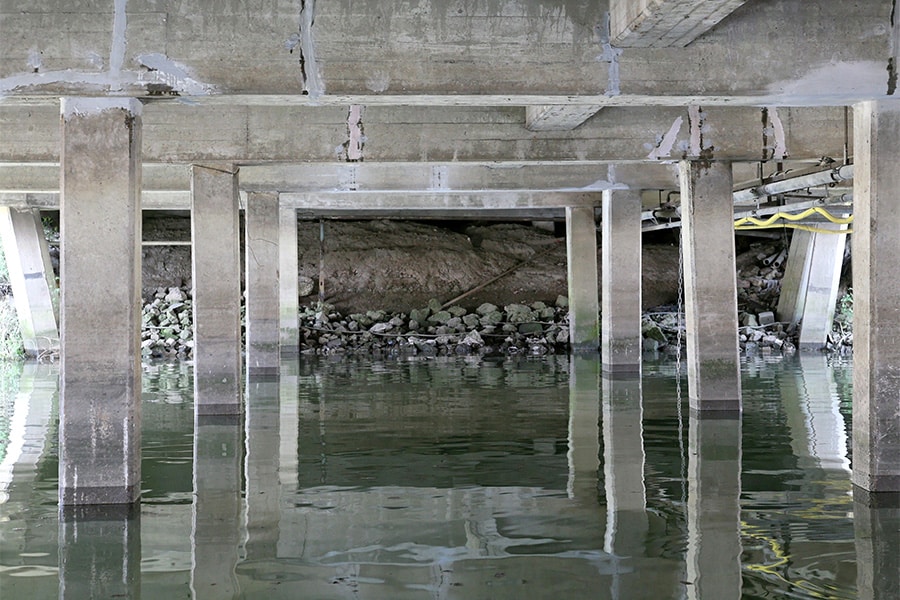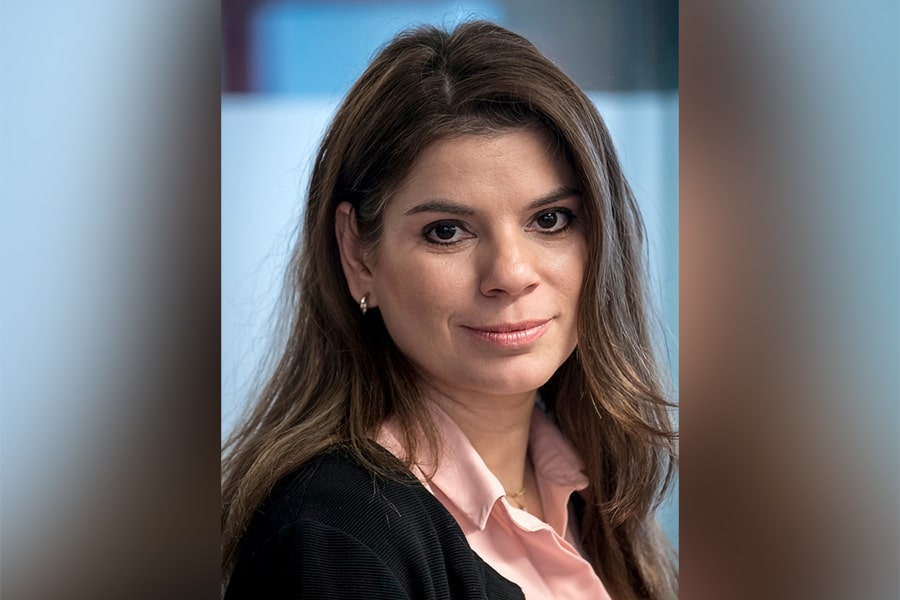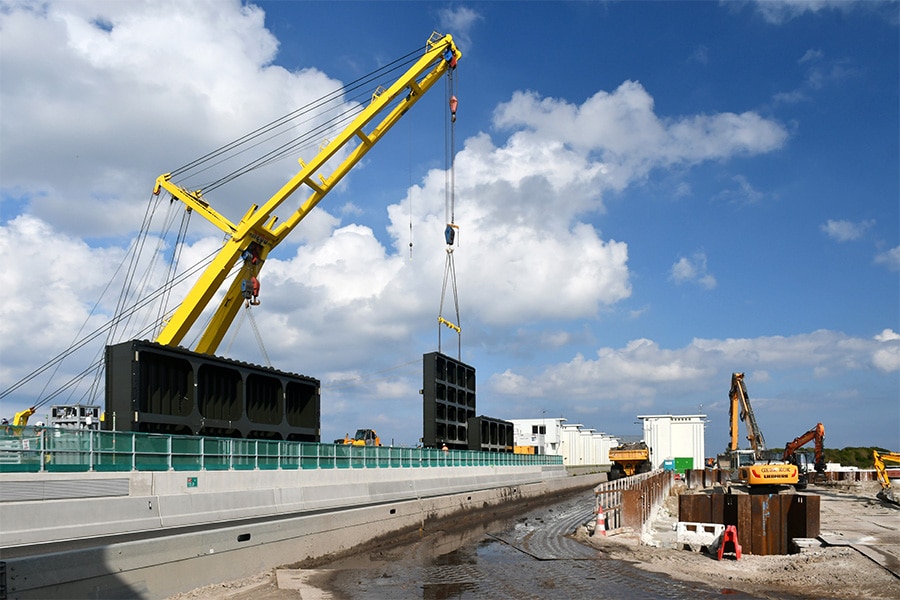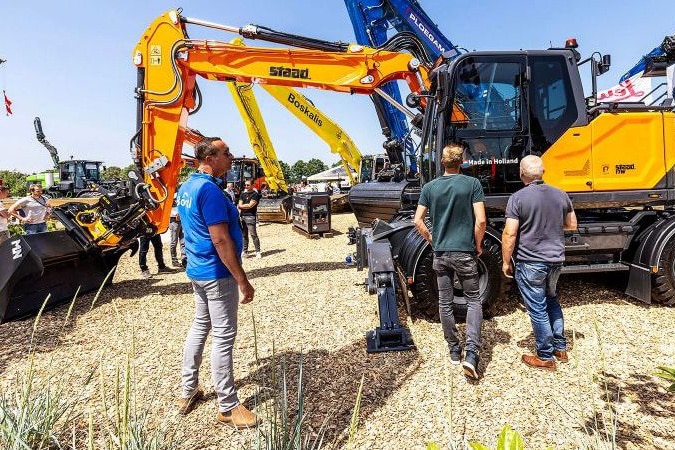
Working together to extend the life of structures
Rijkswaterstaat seeks market
Asset management is high on the agenda at Rijkswaterstaat. In this context, maintenance and life extension of concrete structures is also increasingly coming to the attention of the manager of the national infrastructure. After all, it is one of the most sustainable ways of dealing with infrastructure. Maintenance can thus make a major contribution to the sustainability ambitions for the coming decades.
To sum up the problem in a few figures, Penny Pipilikaki, Senior Technical Advisor for Concrete Technology at the Department of Public Works, paints a picture in years. "From before 1960, 3 to 400 objects still exist. In the big wave between 1961 and 1980, 2,115 bridges and viaducts were built - that's two per week - and in the 20 years after that, 1,033. After 2000, that number is 1,129. The older structures were calculated for loads that were not thought to be reached at the time, but many are already at their maximum capacity. There is more traffic, trucks are getting heavier, and electrification is also increasing weight. That will only increase. To maintain structural safety, you can choose to reduce loads, strengthen the structure or replace the structure with a stronger one. The necessary replacements will increase starting in 2030 and peak between 2040 and 2060. This is already a very big task that we have to manage, with limited resources and without overburdening the accessibility of transportation country Holland. If you add the viaducts, underpasses, bridges of provinces and municipalities, you arrive at 90,000 objects."

The importance of maintenance
Replacement alone is not an option. The task is too big for that and resources are too limited. Moreover, the government has sustainable ambitions. In 2020, the 'Strategy Towards Climate Neutral and Circular National Infrastructure' was formulated. In order to make this strategy concrete, five transition paths have been drawn up, including the Transition Path for Artworks, a roadmap for governments and market players towards a climate neutral and circular infrastructure. Maya Sule, Program Manager for Transition Path for Artworks, says: "Maintaining existing structures is an important part of this. Maintenance, 'Repair', is high on the R-ladder of circular strategies. We will have to replace certain objects; others can be preserved in a responsible manner while still guaranteeing structural safety. You can plan it in such a way that you can use structures for longer without placing a disproportionate burden on the future generation."
Finding Balance
Extending life, replacing or preserving, that's a question for which Rijkswaterstaat has many considerations to make and much to learn. Penny: "We have to find an accurate way to determine what can be demolished and what can be retained. With some objects we already know that they cannot be maintained, for doubtful cases there is a palette of solutions available. Much research has already been done in the area of preserving new concrete. Life extension measures also deserve full attention because of their impact on sustainability. Therefore, measures for 'Life Extension' are also part of the Transition Path Artworks. Our main aim is to raise communication and knowledge exchange with the market to a higher level. We would like to hear from the market about innovations and techniques that extend the life span of concrete civil engineering works in particular. We can include these in finding a balance in the choice between replacement and preservation."

Exchange knowledge
Maya: "Companies in the concrete maintenance industry told us that we were mainly talking to the contractors. We seek contact with the whole chain, especially when it comes to sustainability. For example, we are interested in where repairs often occur, how you could prevent this and how you can improve that in replacement new construction. That is of course a difficult question because that is their work, but given the enormous task we face, there is plenty of work left. We consult too little of this kind of knowledge from the chain. And designing parties must also learn from this, so that firstly, design errors can be avoided that make regular maintenance difficult and secondly, that solutions are in sight from the design stage in case the design has to be strengthened unexpectedly. In this way you make the design adaptive. You don't use too much material now and you can respond to other circumstances later if necessary. Then we are doing things sustainably." We are not unfamiliar with the possibilities of being able to maintain concrete longer. Such as cathodic protection; I myself am also involved in the KB Knowledge Center because this is a proven way to combat reinforcement corrosion."



